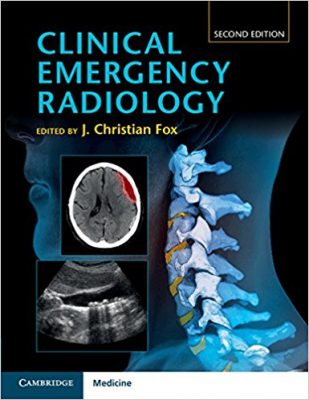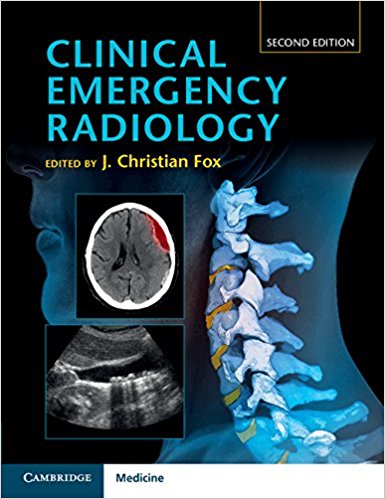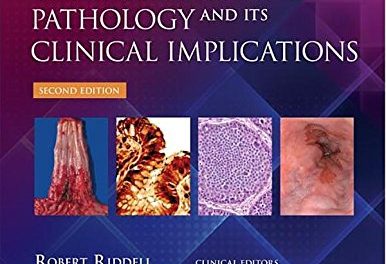 Editor: J. Christian Fox, MD
Editor: J. Christian Fox, MD
Publisher: Cambridge University Press – 643 pages, with 2200+ images
Book Review by: Nano Khilnani
This is a highly visual guide developed for radiology professionals at all levels, including medical students, mid-level providers, residents, fellows, experienced clinicians, and established physicians and practitioners. This important book provides you:
- Detailed captions of images
- Diagnostic accuracy of each imaging modality, saving valuable time
- The ‘how-to’ of interpreting the images
- Line art pointing out conditions, diseases, and disorders in patients as shown in images
- Key findings from images and their implications for treating the patient
- Practical tricks of the trade and tips for avoiding common pitfalls
- Practices at the point of care
Seventy-three specialists in various aspects of clinical emergency radiology, from all over the United States including two from Hawaii, and one each from Canada and Saudi Arabia, authored the 43 chapters of this book that are organized around four Parts.
To give you an overview of the subjects covered in this textbook, we name the titles of its four Parts below, which are essentially the four most frequently-used means of medical imaging in diagnosing and treating patients in emergency situations:
- Part I. Plain Radiography
- Part II. Ultrasound
- Part III. Computed Tomography
- Part IV. Magnetic Resonance Imaging
Radiography: among images shown and topics discussed in chapters in Part I are:
- Anatomic sections and conditions relating to: the abdomen, child abuse. chest, C-spine, elderly patients, the lower extremity, lumbar spine, pediatric abdomen, pediatric chest, and the upper extremity
Ultrasound: among images shown and topics discussed in chapters in Part II relating to:
- Abdominal ultrasound, abdominal-pelvic ultrasound, biliary ultrasound, cardiac ultrasound, deep venous thrombosis, emergency musculoskeletal ultrasound, emergency ultrasonography of the kidneys and urinary tract, introduction to bedside ultrasound, ocular ultrasound, physics of ultrasound, soft tissue ultrasound, testicular ultrasound, ultrasound-guided procedures, and ultrasound in resuscitation
Computed Tomography: among images shown and topics discussed in chapters in Part III are:
- CT in the ED-Special consideration; CTs of the abdomen, chest, and spine; CTs-angiographies of the abdominal vasculature, chest, extremities, and the head and neck; and CTs-imaging of the face and head
Magnetic Resonance Imaging: among images shown and topics discussed in chapters in Part IV are:
- MRIs of the abdomen, brain, chest, extremities, and heart; and the physics of MRI
The materials in all of the chapters in this textbook are systematically organized, making it easier for you to learn what to look for in a harmonious step-by-step pattern when examining patients. Those steps include taking into account some or all of the following considerations shown in headings in this order:
- Indications
- Diagnostic capabilities
- Anatomy
- Technique
- Imaging considerations
- Image characteristics
- Imaging pitfalls and limitations
- References
Discussions, with subheadings, and illustrations of specific abnormalities, conditions, diseases, and disorders found in the patients through the four imaging modalities are provided throughout each given chapter. In some chapters, the images are interspersed within the headings shown above, while in other chapters, they are provided at the end, followed only by references.
This is a very good, well-organized book on clinical radiology modalities, particularly in emergency diagnosis and treatment situations.
Editor:
Christian Fox, MD received his undergraduate degree from the University of California, Irvine, and his MD from Tufts Medical School. Since joining the UC Irvine faculty in 2001 as Chief of the Division of Emergency Ultrasound, he has directed the Ultrasound Fellowship.
In 2010 he created a fully-integrated four-year ultrasound curriculum at the School of Medicine. He is the editor of Clinical Emergency Radiology as well as Atlas of Emergency Ultrasound, and has authored over 80 articles on ultrasound.







